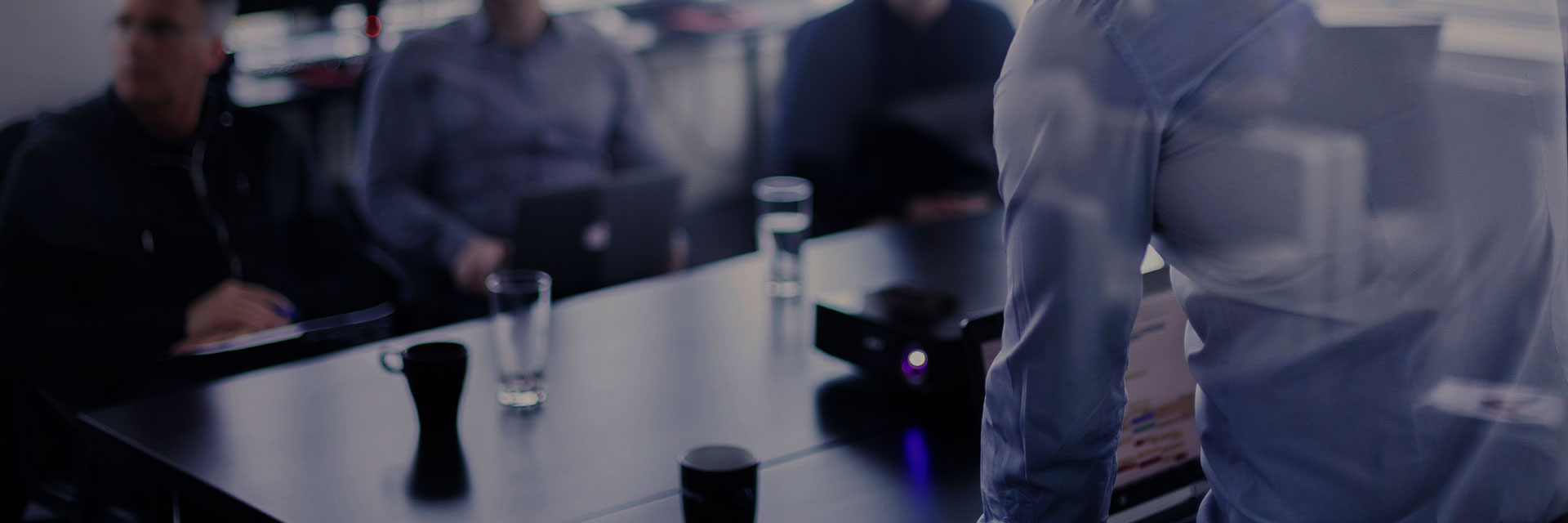Mindfulness & Social Media
The Mindfulness Movement gaining popularity among attorneys may be a new tool to combat the growing trend of increased depression and substance abuse among attorneys. Its proponents claim it increases your mental focus, reduces your anxiety and fends off professional burnout. Websites such as the Anxious Lawyer are springing up, and bar associations are sponsoring courses dedicated to using mindfulness to calm the sense of overwhelm and inability to focus that many attorneys experience on a daily basis.
Is this approach the answer? Let’s start with what it is and where it comes from. The Mindfulness Movement is rooted in the ancient Buddhist practice of meditation, but has been stripped of its spiritualism. Traditional meditation involves sitting quietly for periods of time, sometimes repeating a mantra or focusing on the in and out rhythm of the breath. This practice is intended to calm the mind and help the person be fully engaged in the present moment.
Mindfulness seeks the same end in a secular fashion, requiring practitioners to be able to sit quietly to become fully present.
But sitting quietly is a challenge for most people, let alone overwhelmed attorneys whose to-do lists are loaded with unmet obligations. In an intriguing new study, researchers put 800 people through a series of 11 experiments to test their ability to sit quietly and be alone with their thoughts. Test subjects were asked to do this for short periods ranging from 6 to 15 minutes. Only 6 to 15 minutes: compared to most psychological experiments, this one wasn’t much of an ordeal.
Or was it? In two out of the 11 experiments researchers left the door open for the participants to cheat. And cheat they did: one-half to one-third of the antsy participants couldn’t handle the required alone time and turned to their phones or other distractions in order to cope.
But worst of all, in one of the experiments, the participants (who couldn’t access their phones this time) could opt to administer themselves an electric shock. Before the experiment, the participants all firmly stated they’d pay money to avoid being shocked; yet when faced with enduring a brief but boring stretch of uninterrupted time, an astonishing two-thirds of the male participants and a quarter of the females gave themselves a shock.
This led the researchers to conclude that the desperate-to-be-distracted participants would rather endure negative stimulation — in this case a painful shock — than have no stimulation at all.
What does this say about us?
If the prospect of being undistracted for all of 6 to 15 minutes was more than many people could bear, something has shifted. Until the relatively recent advent of technology, which put distractions at our fingertips, most people had sufficient patience to endure a small amount of time alone with their thoughts. But now that we’re accustomed to being in a state of constant distraction, it’s almost unthinkable.
It could be that 15 minutes spent responding to email or looking at social media vanishes in a flash while 15 minutes sitting quietly seems like an eternity. The same amount of time is involved, but we experience it differently: time flies when we’re distracted and crawls when we’re not.
Has ready access to work, information, games, gossip and cat videos been quietly retraining our brains to require constant stimulation?
Maybe so. Scientists have demonstrated that the dopamine released in our brains when we are stimulated by distractions rewards us and makes us seek more. If you think that sounds like addictive behavior, you’re right. But how can you combat this once you’ve developed the habit?
If this is a problem rooted in technology, maybe the solution lies in harnessing more technology. The rise of apps like Anti-Social, LeechBlock, StayFocused and Cold Turkey were built based on the idea that most of us lose track of time when we’re on social media or searching the internet. Designed by Millenials for Millenials (the most distracted demographic of all), these apps are intended to block access or limit time on social media sites, once deployed. Not dependent on the person’s own willpower, they give the user an outside means of control.
If social media sites are occupying a little too much of your time – or that of your team, give one of these apps a try and let us know if they help.



No Comments
Sorry, the comment form is closed at this time.